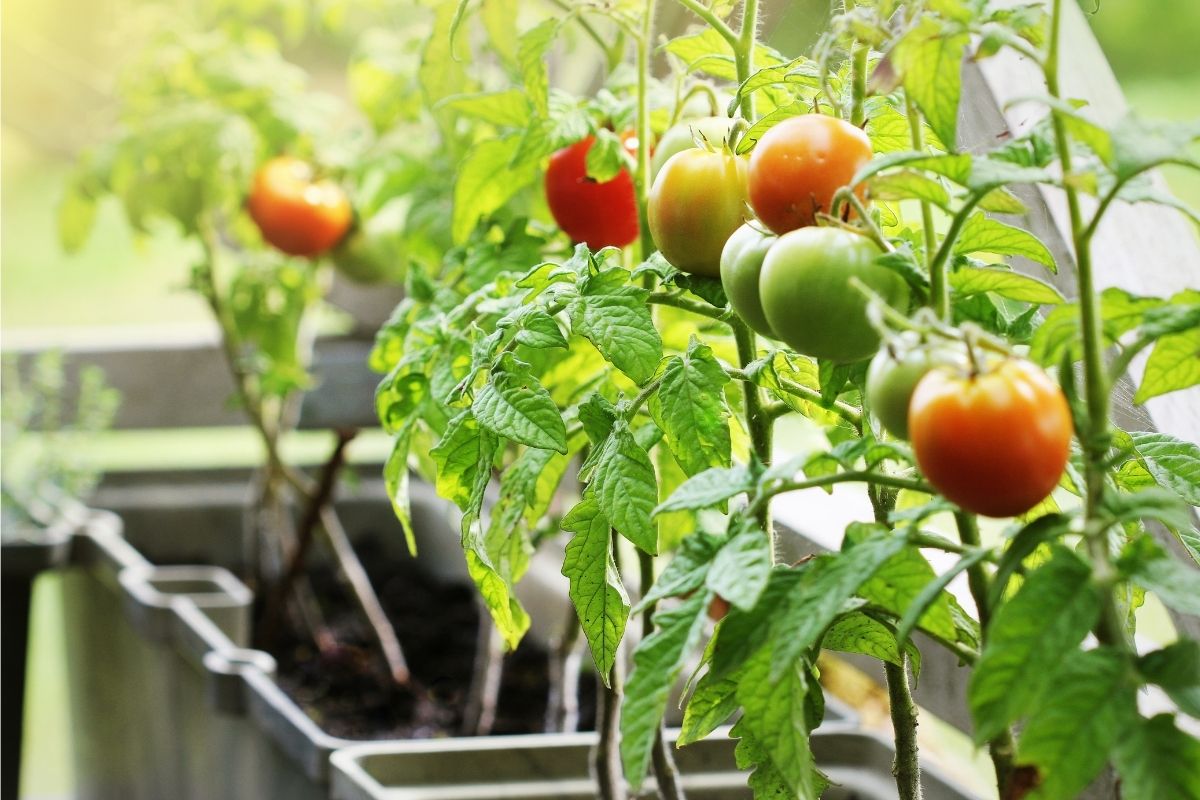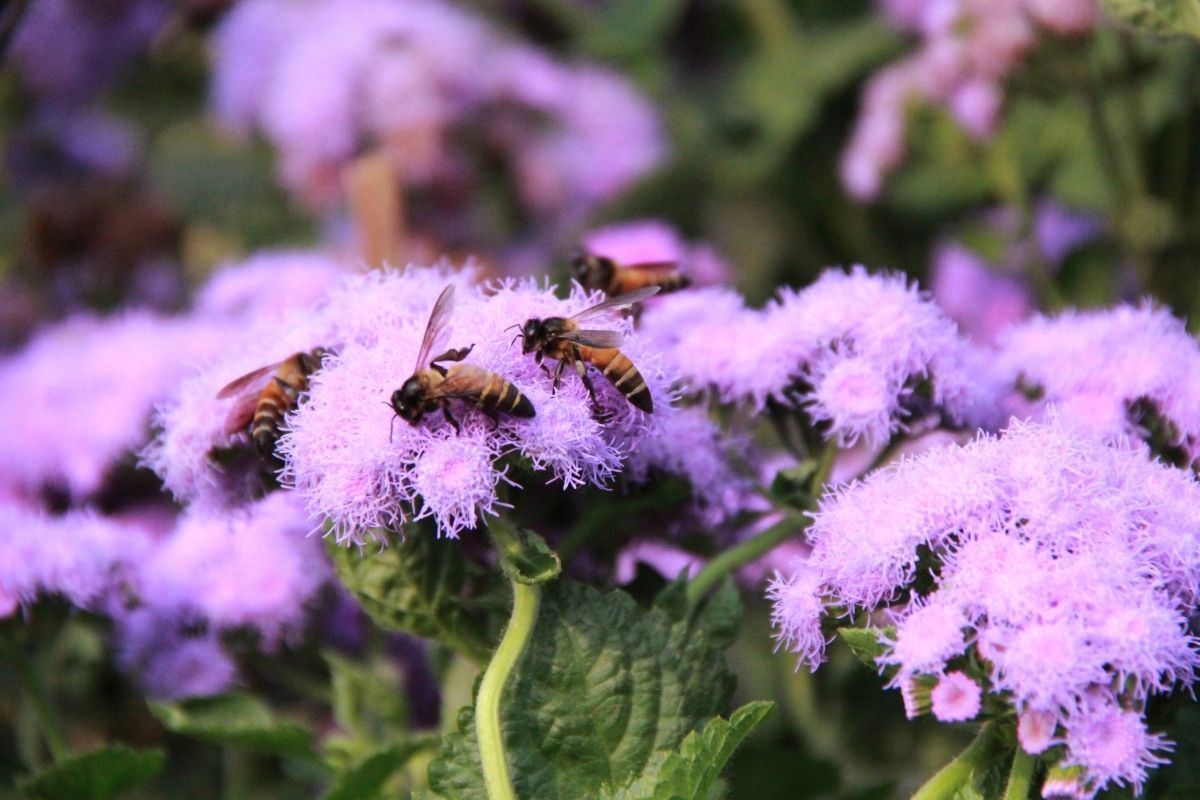Early summer is perhaps the best time of year to just enjoy your garden, with long days, warm weather and an explosion of new growth enticing us all outside. Much of southern Australia has had a very late spring and we’re only just beginning to see warm-season crops take off, while in warmer areas the summer harvest is in full swing. There’s still plenty of time to order your Christmas gardening gifts, and we have Christmas seed bundles and pun packs available for table decorations, stocking stuffers and secret Santas. To make sure your gifts arrive by Christmas, order by the Australia Post delivery cut off dates (13 December for parcel post, 20 December for Express Post). As usual we’ll be shipping other orders right up to Christmas Eve.
Our packing team has been busy restocking many of our seed varieties. We’re also looking forward to 2022 when we’ll be introducing some exciting new products, kicking off with seed garlic early in the new year. We'll let you know in our newsletter when our garlic bulbs are available. Thanks for another great year of gardening from all the team at The Seed Collection.
Seeds to Sow in December:
Heat-loving vegetables including amaranth, bush and climbing beans and cucumber can be planted all through summer. Early summer is a good time to make a second sowing of lettuce and leafy herbs such as basil and chives to extend the harvest season well into autumn. In the flower garden, quick-growing annual flowers like argeratum, california poppy, celosia and mallow can be sown now, as well as many native plants.
More Seeds to Sow in December: The links below list more seeds that can be sown now in each climate. Click to browse:
▩ Cold Climate: Tasmania, Melbourne, Mt Gambier, Canberra, etc.
▩ Moderate Climate: Sydney, Perth, Adelaide, etc.
▩ Warm Climate: Brisbane, Bundaberg, Carnarvon, etc.
▩ Tropical Climate: Broome, Darwin, Cairns, Townsville, etc.
▩ Not sure which climate? Click here.
Garden Tips for December
Don’t dig wet soil: As southern Australia is now officially in an ‘La Niña’ weather pattern higher than usual rainfall is expected until at least late summer. This is great news for gardeners, though it comes with a reminder not to disturb wet or waterlogged soil. Digging wet soil can cause it’s structure to collapse, reducing the amount of oxygen held in the soil and leading to compaction. If you need to step on soil while it’s wet, use a board or plank which will spread your weight more evenly and over a wide area.
Keep Weeding: Your plants may not be the only things enjoying the extra rain. Weeds compete with the plants you want and can harbour pests and diseases. Keep on top of weeding by spending a few minutes each day clearing a small area. This is often easier than trying to weed the whole garden at once, which can be daunting. The good news is that you can put weeds without seed heads straight in the compost, or make some compost tea to use as a fertiliser.
Provide Shade: Summer is when the afternoon sun is hottest, and it can take just a few hours of direct sun on a hot day to damage seedlings and delicate plants. Protect seedlings from harsh afternoon sun with shade cloth, or move trays and punnets so they only get morning sun. Similarly, worm farms should be moved to a shady spot such as the side of the house or a cool garage. If it’s not possible to move them, add temporary shade or insulate the farm using old cardboard or foam.
Harvest: Pick tomatoes, zucchini, cucumbers and beans regularly to encourage more fruit. Leafy greens including lettuce and silverbeet should be harvested before hot weather causes them to bolt. Regularly harvesting summer herbs will keep plants compact and producing for longer.
Hand pollinate cucurbits: Zucchini, pumpkin, melon and squash need both male and female flowers to produce fruit. They're usually helped along by bees and other insects, but if your cucurbits aren’t setting fruit you can 'play bee' and hand pollinate the flowers yourself. See our handy guide to find out how.
Give perennials the ‘Chelsea Chop’: Traditionally done in the UK in the last week of May (the week of the Chelsea Flower Show), this pruning technique reduces legginess and encourages a late burst of flowers on perennial shrubs such as phlox, echinacea, catmint and black-eyed Susan. Cut back one third of each plant to encourage side branching and bud formation. You’ll be rewarded with a flush of flowers in mid to late summer.
Relax: Early summer is the ideal time to enjoy bright early mornings and balmy evenings in your garden. Grab a drink, a friend or a book, or spend some time just sitting and observing what’s happening in your garden. It’s been a long year - you deserve a little break!







